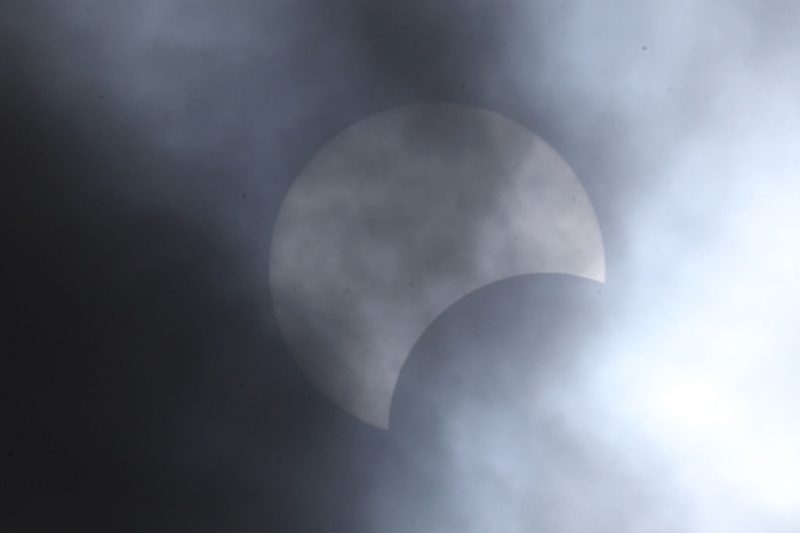AUSTIN (KXAN) — El Niño is fading quickly, but it’s still going strong for now and that could help us on April 8 for the Total Solar Eclipse.
In part two of our earlier interview, KXAN Meteorologist Nick Bannin spoke with Brian Brettschneider, a Climate Scientist at the National Weather Service in Anchorage, Alaska who looked at the impact El Niño has on cloud cover in the first half of April.
Meteorologist Nick Bannin: You dug into what impact El Niño could have on cloud cover, and you looked at all El Niños, as well as the strong ones. What did you find?
Brian Brettschneider, Climate Scientist, NWS Anchorage: Well, it’s kind of interesting, because during El Niños the the subtropical jet stream is definitely more active and that tends to bring, you know, more clouds and precipitation in the winter months. But in the spring, there seems to be kind of a slight tilt toward having less cloud cover and in a couple of the very strong El Niños, there was notably less cloud cover. So that is something that seems to be working in the favor of Central Texas viewers.
Bannin: Now, of course, we can’t treat all strong El Niños the same, because this last one was kind of weird…
Brettschneider: Yeah, so even though it met the criteria of a super El Niño or what the Climate Prediction Center refers to as a ‘historically strong El Niño,’ the atmospheric response was really quite muted. It didn’t really behave like a strong El Niño it kind of behaved like a weak, maybe a moderate El Niño. So some of our guidelines for ‘this is what’s happened in the past,’ they may not hold true for what we experienced in this last El Niño and how it’s kind of fading away at the moment.
Bannin: So lastly, sum it up for people who are traveling, not just here in Texas, but from across the country or across the world, the chances of seeing the eclipse unobscured by a lot of cloud cover here on April 8, and especially compared to other parts of the country.
Brettschneider: If all you knew was climatology, you know, the place to go is definitely Texas, you know, from Austin, San Antonio, and then down into the valley. And, you know, that’s based on, you know, some good high-quality data over the last four or five decades. And the time of the day definitely works in the favor too. Now, you know, climatology is one thing, you know, once you start to get maybe 10 days out, then your weather models are going to start to give you a hint on, you know, what the conditions might be. So, for example, there might be an indication it’s going to be pretty wet or not. But if it does indicate wetness, then you would probably assume that there are going to be clouds to go along with that. So really, anything can happen in any given year.
